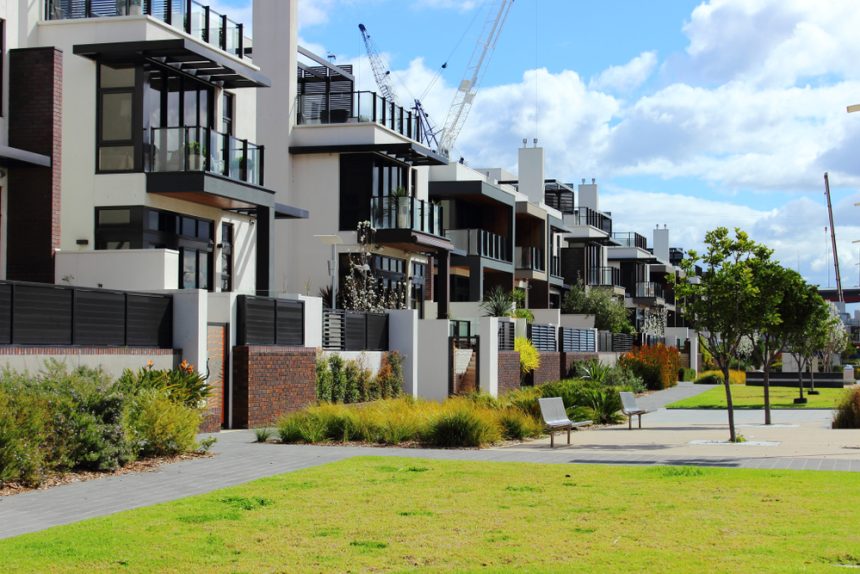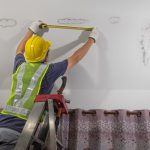Regional communities are “crying out for one- and two-bedroom apartments” to fix supply shortages and help house the millions of people going bush.
In today’s National Housing Summit, experts from across the country said developers should be encouraged by the federal government to build more medium-density homes in the regions as country populations boom.
Among the supporters was Master Builders Australia CEO Denita Wawn, who claimed detached houses were not the solution for every regional area.
“We need to build more homes, in the right places, for the right reasons,” she told the summit.
“We’ve got to have a conversation, for example, around medium density and low, small high-rise [housing] in regional centres.
“A mix of housing types would help attract professionals and essential workers to regional communities.
“If we’re getting … professionals coming into cities … and they want to travel between city and regions, they don’t want a detached house with a large garden.”
But to make the move up, the Regional Australia Insitute (RAI) says that builders need a substantial boost in funding to expand vital infrastructure outside of our capital sites.
“We are really underdone when it comes to social and affordable housing because it was never a focus. It needs to become a focus,” said the institute’s CEO, Liz Ritchie.
“We’re crying out for one- and two-bedroom apartments in regional Australia.”
The group called for a “fair share” of the federal government’s $10 billion Housing Australia Future Fund to be allocated to building social and affordable houses in rural and regional Australia.
The fund will support the construction of 30,000 social and affordable homes over five years.
In hopes of speeding up the delivery of new high-rise homes, City of Sydney councillor and president of the Australian Local Government Association Linda Scott said councils needed to work closer together with federal bodies.
“Councils have a role in the quality control of the housing,” she said.
“Without drainage, without footpaths, without roads, new housing developments simply can’t proceed,” she said.
“And of course the cost to the public of retrofitting drainage under infrastructure built is so much more expensive.”
Home prices skyrocket amidst population boom
According to RAI, the rapid population boom brought on by the pandemic has put a strain on the once-sleepy regional housing markets.
“We are witnessing a societal shift that is seeing more people from our capital cities want to move and live and work in our regional communities,” said Ms Ritchie.
“Many punters believe that this is reversing and we’re here today to tell you strongly that it’s not.”
In the last three years alone, regional sectors have seen a 12 per cent growth in population across the board, with Ms Ritchie claiming a further 3.5 million people are interested in making the move.
As a result, home prices have naturally skyrocketed. The median home values across regional Australia surpassed $605,000 in December 2023, an increase of 54 per cent since March 2020, and now sit on par with home prices in capital cities only three years ago.
Real Estate Institute chief executive Anna Neelagama said the conditions meant regional agents were seeing 80 applicants for one property.
“You’re often finding farm workers competing with doctors competing with council workers,” she said.







